We live in an age where our homes can think for themselves. Smart home automation routines are changing how we live. They bring convenience right to our fingertips.
Imagine waking up to gentle light and your favorite tunes, with coffee brewing downstairs. That’s the magic of personalized routines in a smart home. These systems adjust the thermostat and secure your house at night.
Smart home technology isn’t just about gadgets. It’s about creating a responsive environment that adapts to our needs. Whether you’re a tech enthusiast or just looking for ways to simplify your life, smart home automation has something for everyone.
Key Takeaways
- Smart home routines can significantly reduce utility bills
- Automated lighting and thermostats optimize energy use
- Remote control and monitoring enhance home security
- Personalized routines streamline daily tasks
- Voice-controlled appliances and AI assistants are on the horizon
- Smart home systems are customizable to individual lifestyles
Understanding Smart Home Automation
Smart home systems are changing how we live. They use new technology to make our lives easier. Let’s explore the world of smart home automation and its main parts.
What is a smart home system?
A smart home system connects many devices to automate your home. It controls lights, temperature, security, and entertainment. It improves our lives, with 81% of users saying it improved their quality of life.
The role of central hubs and software
Home automation hubs are the smart home’s brain. They manage all devices and let you set routines. These routines can start with schedules, voice commands, or actions. For example, 67% of users start their day by opening blinds and making coffee.
Types of smart home automation
Smart home automation includes many functions. Here are some popular ones:
- Lighting control
- Temperature regulation
- Security systems
- Voice-activated assistants
Each type has its benefits. For example, 78% of smart homeowners use bedtime routines to lock doors and adjust temperature.
| Automation Type | Usage Rate | Common Functions |
|---|---|---|
| Morning Routines | 67% | Raising blinds, adjusting temperature, starting coffee machine |
| Departure Routines | 43% | Reducing heating, turning off lights, starting robot vacuum |
| Evening Routines | 56% | Unlocking the door, turning on lights and TV, warming up the oven |
| Bedtime Routines | 78% | Locking doors, adjusting temperature, activating alarm system |
With these systems, our homes are getting smarter. They meet our needs and fit our lifestyles. The future is exciting, and it’s very convenient.
The Benefits of Automated Home Routines
Smart home automation routines are changing how we live. More and more people are using them. Let’s look at why they’re good for us.
One big plus is saving energy. These systems help us use less power. They adjust lights and heat when we’re not home or when it’s not needed.
Home security also gets better with these apps. We can watch our homes from anywhere. Motion sensors and cameras send us alerts, making us feel safer.
These routines can be set up just for you. They make life easier and more fun. For example, voice assistants can do tasks for us. This is great for people who have trouble moving around.
| Benefit | Description | Impact |
|---|---|---|
| Energy Efficiency | Optimize energy usage | Reduced utility bills |
| Enhanced Security | Remote monitoring and alerts | Increased peace of mind |
| Personalized Comfort | Customized routines for individuals | Improved quality of life |
| Time-Saving | Automated household tasks | More free time for leisure |
The smart home market is growing fast, now worth £2.9 billion. It’s not just about making life easier. It’s also a smart investment for your home. Homes that save energy are worth more, making smart homes a smart choice.
Essential Components of a Smart Home System
A smart home system has many parts that work together. They make our homes more comfortable and easy to use. Let’s look at the key parts that make our lives better.
Smart Lighting Solutions
Smart lighting changes how we light our homes. We can change the brightness and color when the lights turn on. It saves energy and makes our homes feel cozy.
Automated Temperature Control
Smart thermostats control our home’s heat and cool. They learn what we like and adjust the temperature for us. This keeps us comfy and saves energy.
Voice-Activated Assistants
Voice commands make controlling our homes easy. Devices like Amazon Echo or Google Home let us use voice commands. We can change the temperature or turn off lights without touching anything.
Smart Security Systems
Smart security makes our homes safer. It includes motion sensors, doorbell cameras, and smart locks. These systems keep us safe and let us check on our homes from anywhere.
| Component | Function | Benefit |
|---|---|---|
| Smart Lighting | Automated brightness and color control | Energy savings, mood enhancement |
| Smart Thermostats | Automated temperature adjustments | Energy efficiency, comfort optimization |
| Voice Assistants | Hands-free control of smart devices | Convenience, accessibility |
| Smart Security | Remote monitoring and alerts | Enhanced safety, peace of mind |
These parts are the heart of a smart home system. They work together to make our homes better. As technology grows, we’ll see even more cool things for our smart homes.
Setting Up Your Morning Routine

Mornings can be hard, but smart home routines make them easy. We can start our day smoothly and stress-free with personalized routines.
Smart homes offer great ways to begin the day. Imagine your lights getting brighter like the sun at 6:00 AM. Thirty minutes before you wake, your home gets warm and cozy. Just say “Hey Google, good morning” and your day starts.
Here’s what a smart morning might look like:
- Lights slowly brighten to full intensity
- Blinds rise automatically
- The coffee maker starts brewing your favorite blend
- The smart speaker plays your daily news briefing or weather update
- The bathroom mirror displays your calendar events for the day
Smart home routines are very flexible. You can change them to fit your life. Want toast or your favorite music in the shower? It’s all possible.
“Smart home routines have revolutionized my mornings. I feel more organized and energized to start my day,” says Sarah, a smart home enthusiast.
When setting up your morning, make sure it’s safe. With smart home tech, mornings will be a breeze.
Smart Home Automation Routines for Work and School Days
Smart home automation makes our daily routines better. It makes mornings, leaving the house, and checking on our homes easy.
Automated Wake-Up Sequences
Starting the day right is key. Smart homes help with this. Your blinds open slowly, letting in light.
Your smart lights get brighter like the sun. Your favorite music plays softly through speakers.
Streamlining Your Departure Routine
When you leave, your smart home takes care of things. Lights turn off, and the thermostat saves energy. Smart locks lock your home.
Home apps let you check everything’s okay. This gives you peace of mind as you go.
Remote Home Monitoring During the Day
Even when you’re away, you can keep an eye on your home. You can see security cameras, change the thermostat, or start the dishwasher from afar. Smart locks let you let people in if you need to.
| Smart Home Feature | Benefit |
|---|---|
| Automated Wake-Up | Gentle, natural-feeling start to the day |
| Smart Departure Routines | Energy savings and enhanced security |
| Remote Monitoring | Peace of mind and control while away |
Smart home routines make our work and school days better. They make our homes adapt to our needs. This improves our daily lives.
Evening and Night Routines for Comfort and Security
As the day ends, our smart homes start to work. We’ve made special routines to make our homes cozy. Just say “Hey, Siri, goodnight!” and our evening starts.
Smart lights help set the mood. They dim to make it calm. Our security systems also get ready, keeping us safe at night.

Our smart mattress is key in our bedtime routine. It changes temperature and firmness to fit us. It also watches how we sleep, giving us sleep tips.
| Smart Bedroom Features | Benefits |
|---|---|
| Temperature Regulation | Maintains 60-67°F for optimal sleep |
| Adjustable Firmness | Ensures proper spinal alignment |
| Sleep Tracking | Monitors sleep stages and duration |
| Smart Alarm | Wakes you during light sleep phases |
Our nightstand adds to the routine with wireless charging and soft light. It lights up as morning comes, helping us wake up. This mix of smart devices makes our nights restful and mornings bright.
Energy Efficiency Through Smart Home Automation
Smart home tech is changing how we use energy. More homes are using it, with over 670 million smart homes by 2027. It’s not just for fun; it saves energy and money too.
Optimizing Heating and Cooling
Smart thermostats are big for saving energy. They learn our habits and adjust the temperature. Many save 10-15% on bills after getting one.
Automated Energy-Saving Practices
Home systems make saving energy better. They work together to use less. For example, smart lights with sensors save power. They’re easy to set up, so anyone can use them.
Monitoring and Reducing Energy Consumption
Apps for home automation help track energy use. They show us where we can save more. By changing our habits, we can save even more.
| Smart Home Feature | Energy Saving Potential |
|---|---|
| Smart Thermostats | 10-15% on heating/cooling bills |
| Smart Lighting | Significant over time with motion sensors |
| Integrated Systems | Enhanced savings through device coordination |
Smart home tech saves us money and helps the planet. Every bit of energy we save cuts down on pollution. It’s good for our wallets and the Earth.
Enhancing Home Security with Automated Routines
We live in a time when smart security systems are common. The market for smart home security devices is growing fast. It’s expected to hit over $135 billion by 2025.
Homeowners love smart locks and home automation apps. They bring a lot of convenience and peace of mind.
Smart security systems let us set up routines that match our lives. Your home can lock itself when you leave for work. Or your lights can turn on and off while you’re away.
These features help keep intruders away. They also let us control our home’s security from anywhere.
Voice assistants make smart security systems even better. We can check our home’s security or control locks with just our voice. This is super helpful in emergencies.
By 2021, North America had 51.8 million smart homes. This shows how important automated security routines are today.
FAQ
What is a smart home system?
A smart home system has a central hub and software. It manages and automates devices. You can set up scenes and routines.
These systems work with schedules, voice commands, or device usage.
What are the key components of a smart home system?
Key parts include smart lighting and automated temperature control. Voice-activated assistants like Amazon Echo or Google Home are also important.
Smart security systems with motion sensors, doorbell cameras, and smart locks are essential too.
How can smart home automation benefit me?
Smart home automation saves time and energy. It makes your home more secure and comfortable. It simplifies daily tasks and meets your needs.
How can I set up a morning routine in my smart home?
Morning routines can be automated. They can open blinds, raise the temperature, play music, and start the coffee machine.
They can also announce the weather forecast. You can set them up by time or voice command.
How can smart home automation help during work and school days?
Smart home systems help with morning and evening routines. They can wake you up and prepare your home for work or school.
They also let you monitor your home from afar. Smart locks can let in service providers or family members.
Can smart home automation improve energy efficiency?
Yes, it can. Smart homes use less energy with optimized heating and cooling. Automated lighting and smart appliances also help.
Apps let you monitor and cut down on energy use.
How can automated routines enhance home security?
Automated security routines turn on motion sensors, doorbell cameras, and smart locks. They send alerts and let you monitor your home remotely.
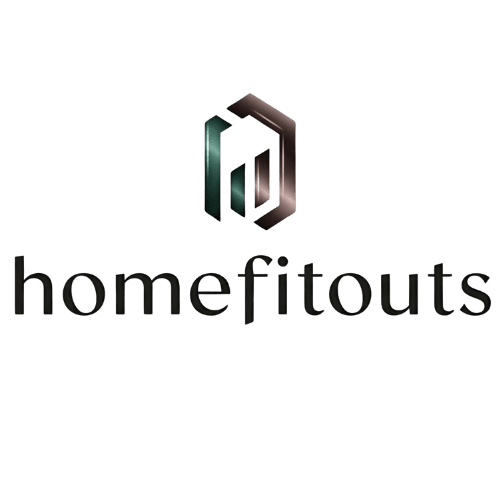
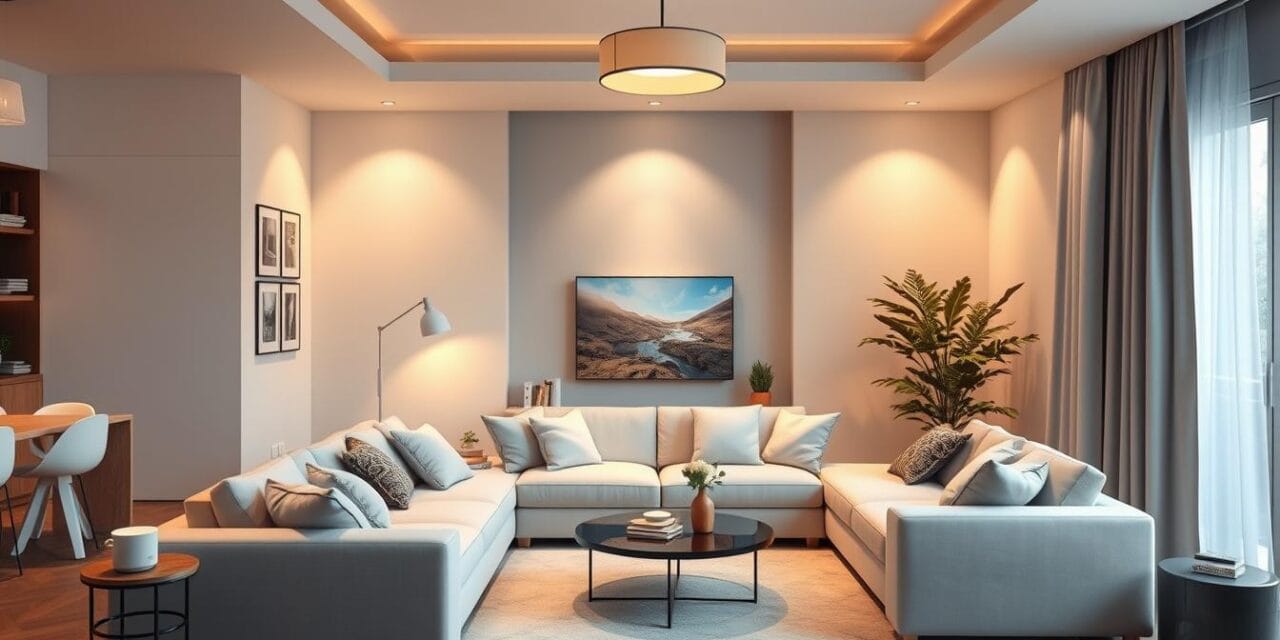
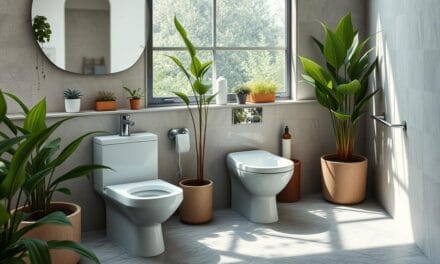

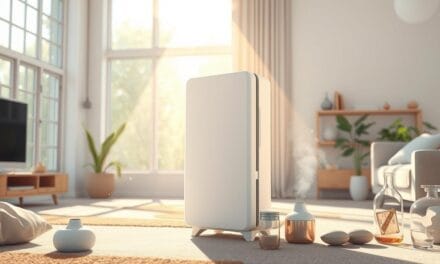


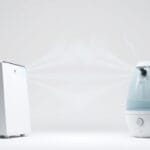


Recent Comments